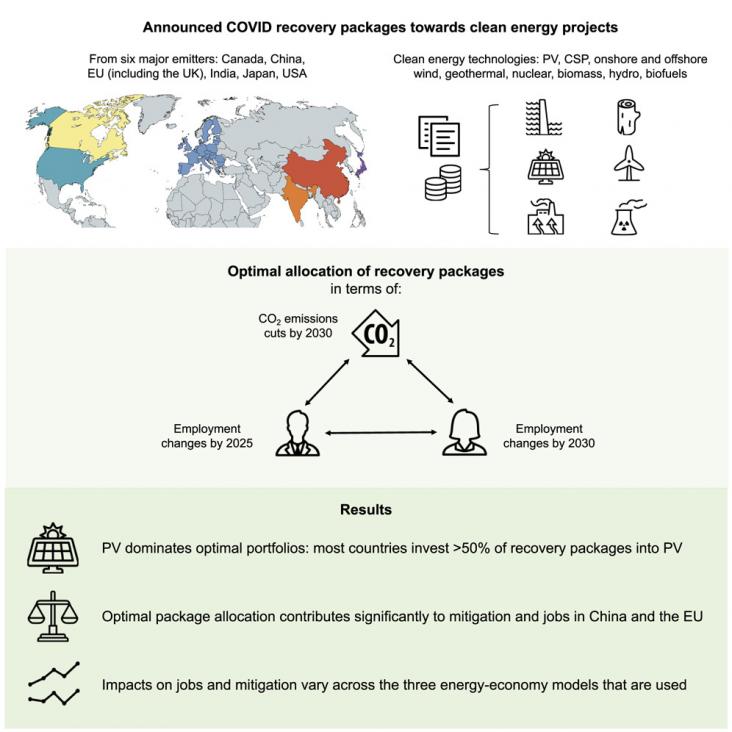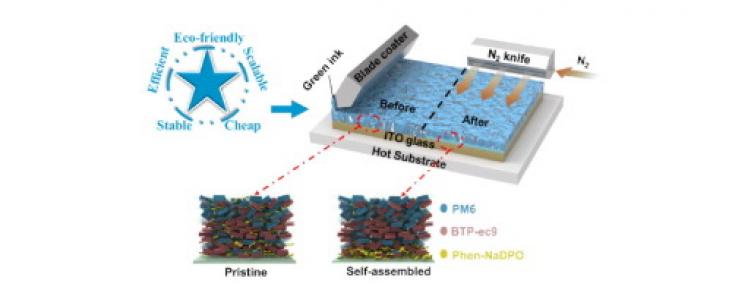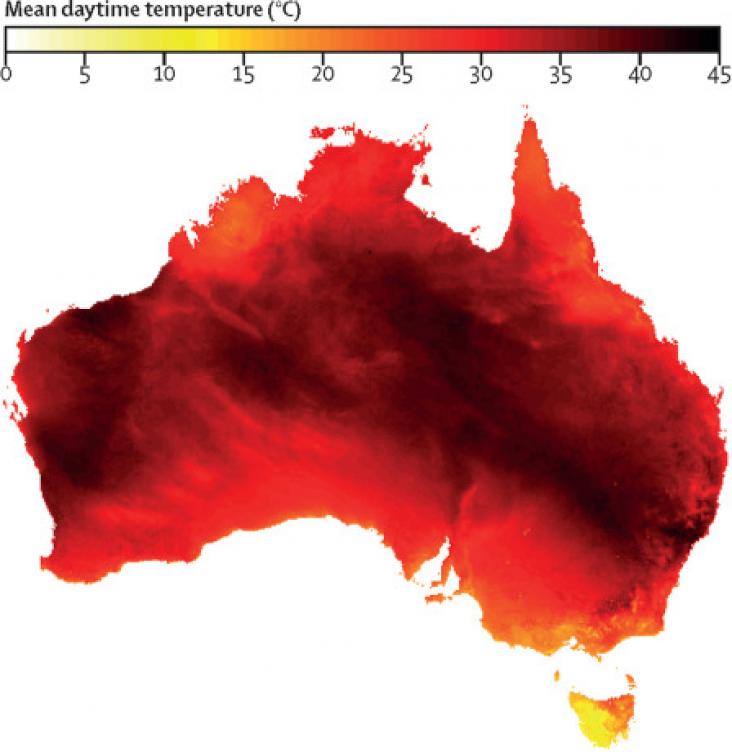This Article supports SDG 3 and 7 by showing that air pollution exposure increases the risk of almost all phases of cardiometabolic multimorbidity progression.
This Article supports SDG 3 and 7 by estimating the prevalence of solid-fuel use with high spatial resolution to explore subnational inequalities, assess local progress, and assess the effects on health in LMICs without universal access to clean fuels.

This article supports SDGs 8, 7, and 13 by incorporating investment portfolio analysis into three different energy-economy models to examine the climate employment co-benefits of green recovery packages in six major emitting regions.
This Article supports SDG 3, 7, and 8 by showing an inverse association between air pollution attributed to disease burden and gross state domestic product for most states in India, thus highlighting the need to curtail air pollution attributed to disease burden in order to achieve sustainable economic growth.
This Viewpoint supports SDGs 7 and 10 by reviewing climate mitigation scenarios in the context of energy inequalities between the Global North and the Global South. The authors conclude that existing mitigation scenarios exacerbate inequalities and increase climate risk in the Global South.
Background: Epidemiological studies have reported the associations between nitrogen dioxide (NO2) and pediatric asthma incidence, but unable to ascertain indoor NO2 sources.

This article supports SDGs 5, 7 and 10 by integrating the principles of equality, diversity, and inclusivity (EDI) into all aspects to correct historical and structural inequalities, and establishing an inclusive culture to achieve the justice urgently needed for the global transition to net zero. the progress can be made in the fields of energy and artificial intelligence.

The ultimate goal of organic solar cells (OSCs) is to deliver cheap, stable, efficient, scalable, and eco-friendly solar-to-power products contributing to the global carbon neutral effort. This work demonstrates great potential to close the lab-to-fab gap of OSCs.

Background: Increasing air conditioner use for cooling indoor spaces has the potential to be a primary driver of global greenhouse gas emissions.
An all-around solution addressing the water-energy-food nexus for remote rural areas.
